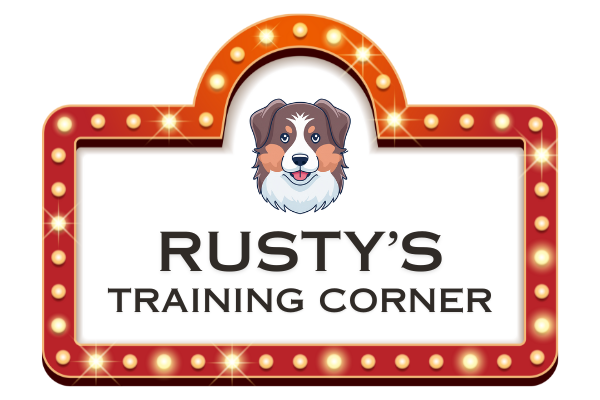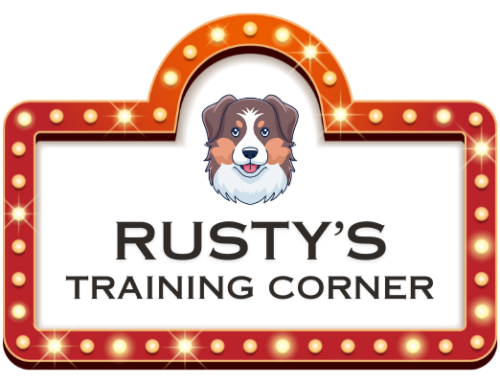Teaching your puppy Wait helps teach her manners and patience. Puppies, just like people, need to learn self-control and how to deal with frustration. Wait is different from Stay because Stay should mean “don’t move until I release you.” Wait is more casual “don’t go FORWARD until you hear another cue.” Wait should always be followed by another cue!
Use it at doors (you should go through the doorway before your puppy), getting out of the car, with her food dish and treats. Wait also establishes strong leadership. I (the human) control the resources, the walks, even the environment.
Things to remember:
- The hand signal is a wave in front of your puppy’s face (Not too close)
- Say the cue Wait ONCE, then use the door/dish/treat to control her movement
- Be consistent
With the food dish or biscuit:
- Use the dish to control your puppy’s movements, don’t repeat the cue Wait
- Say Wait, use hand signal, put food dish on floor
- Pick the dish straight up to stop her forward movement; as soon as she stops, start putting the dish/treat back down (sometimes you may need to pick it all the way up, other times, just a few inches)
- Say Watch Me, when she looks in your eyes say Take It!
- Make sure you give the puppy a clear release like Take it, don’t just give in and let her have it
- Unlike Stay, it’s okay if your puppy changes position from Sit to Down
Going through doorways:
- Pack leader goes first
- You might want to begin by opening the door first, be sure to have your puppy leashed, and you should be positioned in the bridge of the doorway, back to the outside
- Use your body, NOT the leash to stop your puppy from going forward
- Keep your body between the puppy and outside so she can’t get past you
- If she gets up, step towards her or lean forward. Correct & repeat Wait
- When you want her to follow you, take one micro-step backward, turn your body toward the outside, and say Let’s Go
- At first, you may only be able to take a half step out the door. Keep practicing and soon you’ll be able to take a few steps
- Practice every time you go in or out a door
The advice and tips provided in this dog training blog post are based on general best practices and personal experiences. Please consult a professional dog trainer or veterinarian for specific issues or before starting any new training regimen with your dog.




